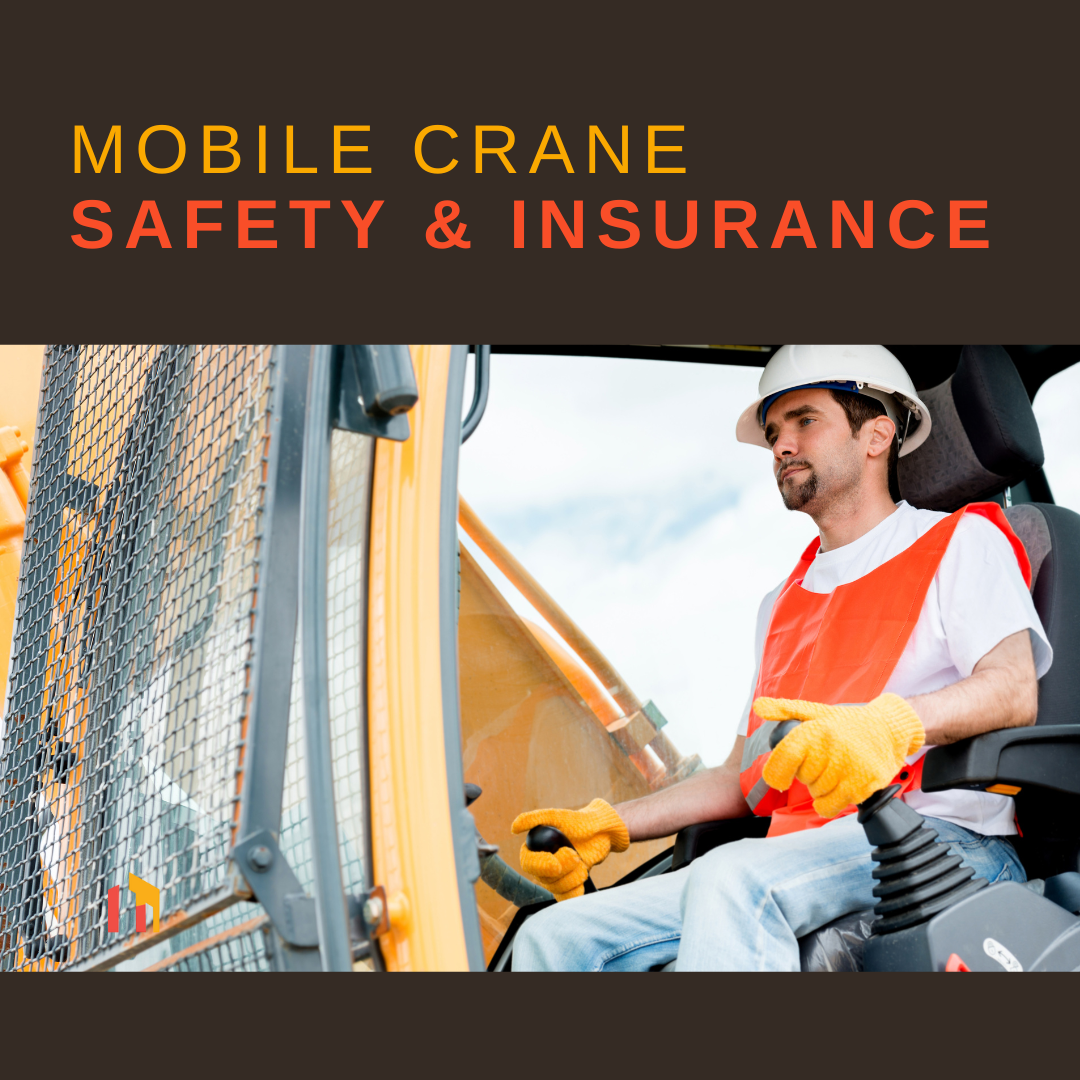Navigating the Highs and Lows: A Comprehensive Guide to Mobile Crane Safety and Insurance
Each year, mobile crane incidents lead to injuries, fatalities, and property damage. To mitigate these risks, hire skilled operators, comply with manufacturer’s guidelines, and implement safety standards. Even with these measures in place, accidents can happen. Mobile crane insurance from specialist providers such as New Heights can provide a safety net in such cases.
The main causes of crane failures include:
Overloading the crane: Overloading accounts for 80% of crane accidents, according to OSHA. Operators should consider not only the weight limit of the crane but also aspects like counterweight needs, jib length, and boom size.
Errors during assembly or disassembly: Often, these missteps are human errors, such as prematurely removing the tower’s securing pins.
Incorrect on-site installation: Accidents can happen if the crew doesn’t follow the manufacturer’s assembly instructions. For instance, the improper attachment of a heavy steel collar led to a crane overturn in New York City in 2008.
Ground instability: Sometimes, the ground beneath a crane unexpectedly shifts or collapses due to phenomena like earthquakes or water erosion, known as “vertical deformation” or bearing capacity failure.
Ignoring weather changes: Cranes can withstand high winds if properly secured. Operators must monitor weather conditions and react accordingly.
Crane accidents usually result from human error, technical issues, or environmental factors. Employing trained staff and conducting engineering reviews are effective ways to reduce risk.
Considering a review of your insurance coverage? Reach out to New Heights Insurance Solutions for specialized crane insurance options.

